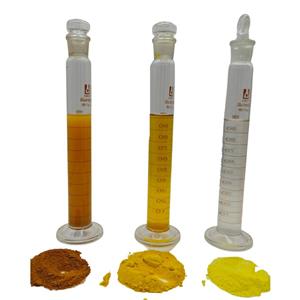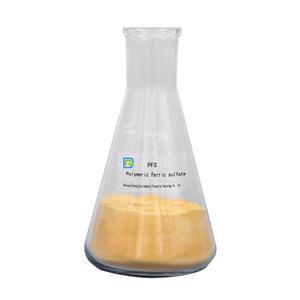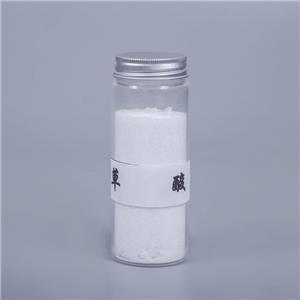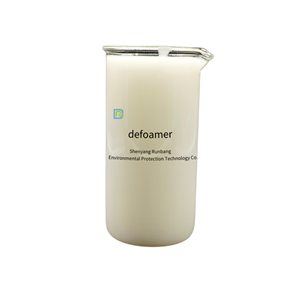Low temperature, sludge expansion, ammonia nitrogen exceeds the standard
As the northern hemisphere enters winter
Countries, sewage plants, into the "difficult" autumn and winter low temperature period
Low-temperature period is also a "difficult period" that we have to face, the influent exceeds the standard, water quality fluctuations, low sludge activity, ammonia nitrogen exceeds the standard, secondary sedimentation tank run mud ......
Among them, the biochemical section has the most problems, the greatest operational pressure, and the most difficult management and operation and maintenance.
Especially to face nearly half a year of low-temperature period of the northern sewage plant, a winter, the biochemical section of the treatment capacity decreases extremely quickly, and even direct collapse, making the fall and winter operation of the water treatment system technicians suffering.
Do not say to meet the requirements of the first A, Ⅳ water standards, stable operation, meet the standard discharge is already very satisfied.
Low-temperature period, the lower temperature will seriously affect the metabolism of microorganisms in the biochemical ponds of wastewater treatment plants, resulting in a decline in sludge activity.
01
The activity of microbial surface proteins in activated sludge decreases at low temperatures, and the mobility of the protoplasmic membrane on its surface decreases, which is not conducive to nutrient transport by microorganisms.
02
The activity of microorganisms such as nitrifying bacteria and phosphorus-polymerizing bacteria in the process of nitrogen removal and phosphorus removal is also affected by the temperature, and the growth rate decreases, leading to the growth of sludge age and thus the phenomenon of loss of these active microorganisms.
The lower temperature also inhibits the activity of enzymes in microorganisms and hinders the use of nutrients by microorganisms, so that microorganisms cannot carry out nutrient uptake normally, thus inhibiting the growth of microorganisms and causing the number of microbial flora in activated sludge to decrease and the activity to be greatly reduced. When the temperature decreases to below 4℃, microorganisms will gradually die.
03
In addition to low oxygen and low load factors, low temperature is also an important factor affecting sludge expansion. Some of the protozoa in filamentous bacteria are well suited to grow under low temperature and low load conditions, and have hydrophobic characteristics. Therefore, low temperature becomes the main reason for sludge swelling from overgrowth of filamentous bacteria.
04
Under low temperature, the metabolic reproduction ability of COD degrading bacteria decreases, which directly leads to the decrease of metabolism efficiency of sugar substances, and some sugar substances cannot be metabolized completely in the biochemical device and are adsorbed on the surface of bacteria, which leads to the increase of sludge settling ratio, the difficulty of sludge and water separation, and the probability of effluent with mud and flowing mud increases greatly, which will lead to the occurrence of COD, ammonia nitrogen and total nitrogen exceeding the standard of effluent.
Nitrifying bacteria for example are sensitive to water temperature, nitrifying bacteria below 4 ℃ growth stop or die, water temperature in the range of 10 ~ 40 ℃ can grow and reproduce normally, in 10 ~ 15 ℃ growth and reproduction is slow. With the increase in temperature and reproduction accelerated, 25 ~ 37 ℃ is the most suitable for growth and reproduction.
Wastewater plant "stable winter", in fact, not difficult
In response to the various problems that arise in the operation of biochemical low-temperature environment, resulting in difficulties in the operation of sewage plants, water quality exceeds standards, etc. It is necessary to analyze the causes of various unfavorable factors, to conduct a comprehensive analysis of the indicators of sewage sludge, and then to address them in a targeted manner. The following measures are usually taken.
Covered body temperature, external wall insulation measures
Most of the sewage treatment plant (station) construction of the initial aeration sedimentation tank, biochemical tank is mostly open-air open type, in the operation of intense aeration, and cold air heat exchange frequency is high, there is a loss of temperature, especially the oxidation ditch process, the impact of this phenomenon occurs obviously.
It is recommended that the aeration sedimentation tank, biochemical pond to cover insulation, from many have been covered sewage plant (station) winter operation monitoring data feedback, usually can be biochemical pond water temperature to raise 2 ~ 3 ℃.
Heating of incoming water
For high latitude areas of sewage treatment facilities of very low temperature (less than 4 ℃) operation problems, it is recommended that the use of sewage heating to warm up and reactors to continue to maintain the reactor or the best biochemical reaction temperature of microorganisms in the reactor.
After treatment, the "clean" effluent is returned through the heat exchanger to raise the temperature of the influent, thus reducing the operating costs for effluent heating, and this measure has several successful cases of operation.
For heating facilities, it is recommended that the temperature of the effluent after warming should not be less than 10°C to meet the operating requirements, and that the power consumption to raise the water temperature significantly is relatively high, so as to reduce the operating costs as much as possible.
Increase sludge concentration
For domestic wastewater treatment plants at room temperature, the sludge concentration MLSS is maintained at 3000~4000mg/L, due to the reduction of sludge activity in low temperature environment, it is recommended to increase the sludge concentration to more than 5000mg/L before the low temperature season, to compensate for the decrease of degradation efficiency brought by the reduction of sludge activity by means of increasing the effective sludge quantity, through the practice of many wastewater treatment plants, the the means has been effective.
Domestication of low temperature tolerant microorganisms
For wastewater treatment plants located in high latitudes, low temperature is usually maintained for about 6 months, that is, half of the year is operated in low temperature environment, so the adaptability of activated sludge is a decisive factor in determining the operation level of wastewater treatment biochemical facilities.
Many domestic and foreign research institutions and bacterium development commercial companies have done a lot of basic research and development and commercial finished product use in the past 30 years, and have achieved many successful cases, and have many applications in North America in the northeastern United States, eastern Canada, and many municipal and food processing wastewater treatment plants in northern Europe.
Some of the strains have also been widely used in China, mainly nitrifying bacteria and denitrifying bacteria. Special low temperature microorganisms are able to grow and metabolize normally in the environment of 4-6℃ to ensure the effective removal of various pollutants while maintaining their own sludge concentration (quantity) without decreasing.
Application of biological targeting aid for sedimentation
In the facilities where the sludge settling ratio has increased or the mud and water are not separated in the wastewater treatment stations that do not have transformation conditions, once the sludge runs and flows for a long time, it will cause the sludge proliferation in the biochemical ponds to be much lower than the amount of running and flowing sludge, and the sludge concentration will decrease rapidly, making it difficult for the indicators to meet the discharge requirements.
In order to ensure that the effluent meets the discharge requirements, other measures are needed to significantly increase the treatment means and treatment costs in the deep treatment stage, which may not necessarily guarantee 100% of the effluent to be qualified.




